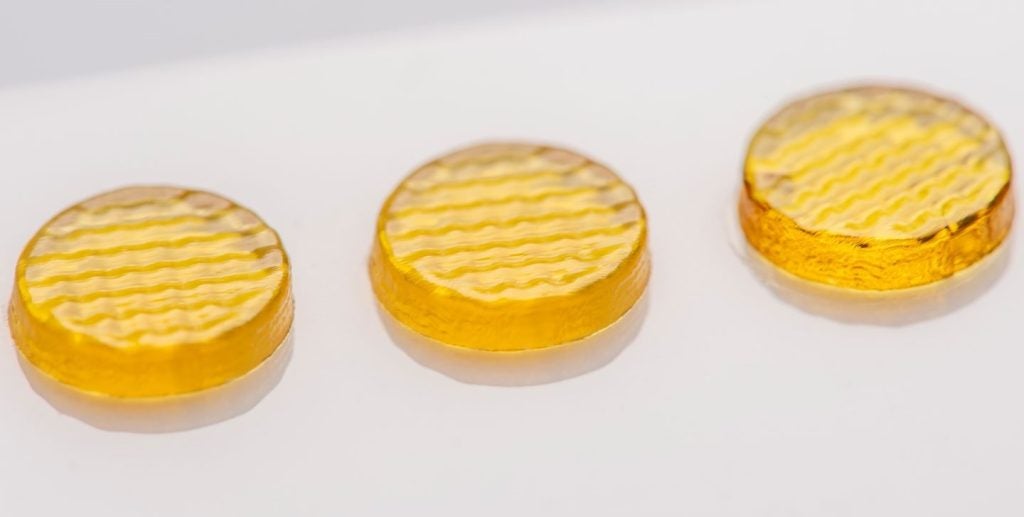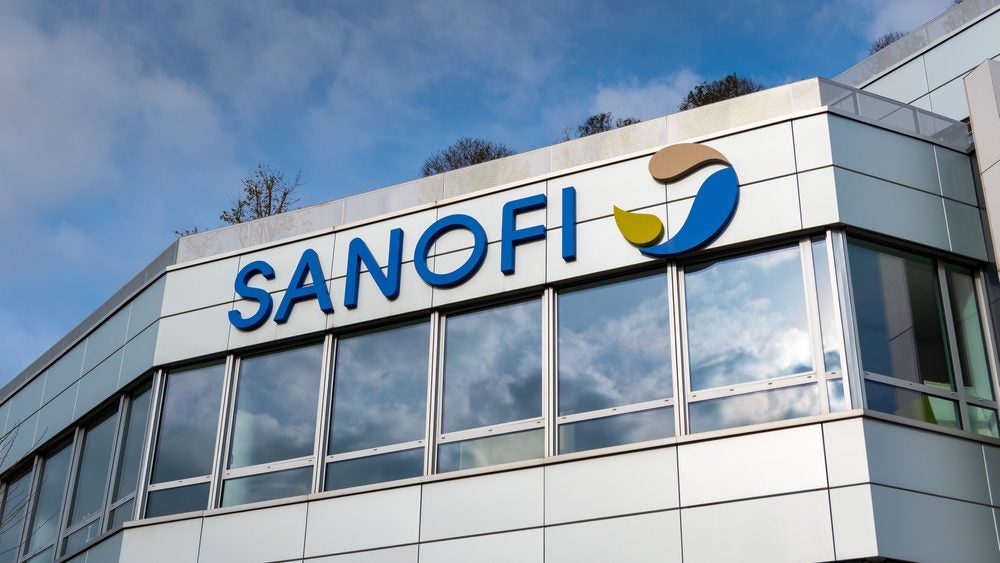The Limbal Stem Cell Deficiency (LSCD) drugs in development market research report provides comprehensive information on the therapeutics under development for Limbal Stem Cell Deficiency (LSCD), complete with analysis by stage of development, drug target, mechanism of action (MoA), route of administration (RoA), and molecule type. GlobalData’s report assesses key aspects of the companies and drugs in development for Limbal Stem Cell Deficiency (LSCD). Buy the report here.
The report also covers the descriptive pharmacological action of the therapeutics and the latest news and press releases. Additionally, the report provides an overview of the key players involved in therapeutic development for Limbal Stem Cell Deficiency (LSCD) and features dormant and discontinued products.
GlobalData tracks five drugs in development for Limbal Stem Cell Deficiency (LSCD) by five companies/universities/institutes. The top development phase for Limbal Stem Cell Deficiency (LSCD) is preclinical with two drugs in that stage. The Limbal Stem Cell Deficiency (LSCD) pipeline has five drugs in development by companies and 0 by universities/ institutes. Some of the companies in the Limbal Stem Cell Deficiency (LSCD) pipeline products market are: KALA BIO, Tego Science and Surrozen.
The key mechanisms of action in the Limbal Stem Cell Deficiency (LSCD) pipeline product include The Limbal Stem Cell Deficiency (LSCD) pipeline products include two routes of administration with the top ROA being Topical and two key molecule types in the Limbal Stem Cell Deficiency (LSCD) pipeline products market including Cell Therapy, and Monoclonal Antibody.
Limbal Stem Cell Deficiency (LSCD) overview
Limbal Stem Cell Deficiency (LSCD) is characterized by a loss or deficiency of the stem cells in the limbus that are important for the regeneration of corneal epithelium and to the barrier function of the limbus. Due the loss of stem cells, the corneal epithelium is unable to repair and renew itself, resulting in in epithelial breakdown and persistent epithelial defects, corneal conjunctivalization and neovascularization, corneal scarring, and chronic inflammation. All of these contribute to loss of corneal clarity, potential vision loss, chronic pain, photophobia, and failure of keratoplasty if done before addressing this. LSCD has been associated with PAX6 gene mutations. Other causes include inflammatory conditions such as those seen in Steven-Johnsons syndrome (SJS), ocular cicatricial pemphigoid, graft versus host disease, infections, and trauma. LSCD can be diagnosed using corneal impression cytology along with clinical signs and symptoms. It can be reversed if treated early. The treatment options include corneal transplant, limbal graft, scleral lenses, autologous serum eye drops, stem cell therapies, discontinuation of soft contact lens wear, and preservative-free lubrication.
For a complete picture of Limbal Stem Cell Deficiency (LSCD)’s pipeline drug market, buy the report here.
Premium Insights
From

The gold standard of business intelligence.
Blending expert knowledge with cutting-edge technology, GlobalData’s unrivalled proprietary data will enable you to decode what’s happening in your market. You can make better informed decisions and gain a future-proof advantage over your competitors.







